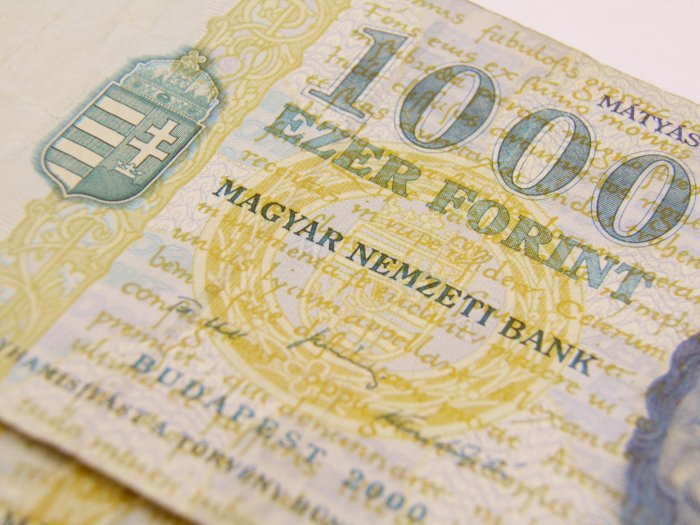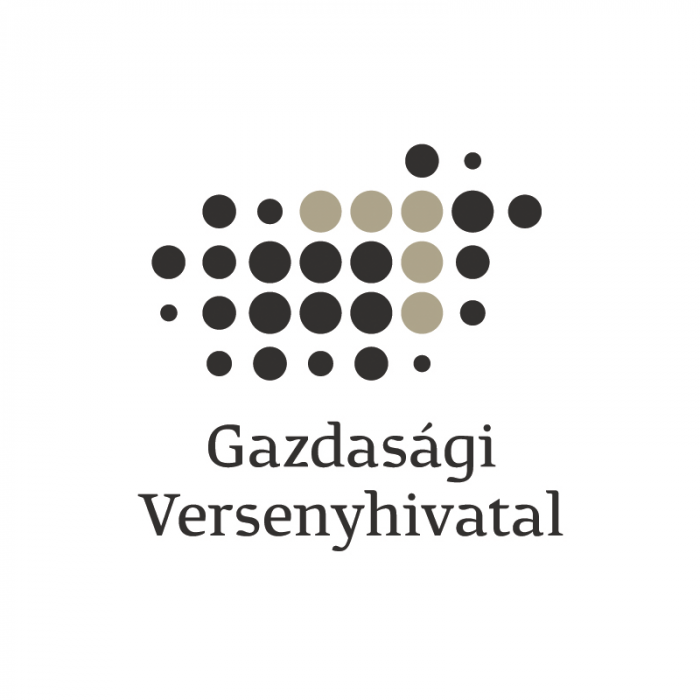Forint up again on interbank market

The forint was trading at 311.47 to the euro late Thursday on the interbank forex market, up from final quotes at 312.23 on Wednesday. At 312.54 to the euro early Thursday, the forint moved between 311.45 and 312.99, after a four-day low at 314.49 Tuesday intraday, and an almost two-week high at 309.78 also on Tuesday in late trades.
The Hungarian currency returned to a modestly firming path on Thursday, following negative corrections on Wednesday from a rally late Tuesday.
The underlying message in the market is still more patience from the US Fed despite encouraging jobless data from the US on Thursday, and a possibility of wider quantitative easing from the ECB, weighing on the dollar and the euro, while the forint is underpinned by expectations that the National Bank of Hungary (MNB) should remain pat despite worrying signs in Hungaryʼs economy.
This resulted in a Hungarian one-year government bill auction on Thursday with slightly rising yield, but growing demand compared to the previous auction.
On the secondary market, Hungarian sovereign yields rose at the shorter end, and fell relatively slightly for the longer terms on Thursday, increasing their risk premium attraction compared to negative German yields up to the five-year tenor, and falling after dismal German data on August manufacturing turnover and foreign trade confirmed expectations for the ECB to move.
Hungarian consumer prices may have dipped in September, but CIB Bank says thereʼs no need for the central bank to start cutting interest rates again. Thereʼs no threat of deflation, as core inflation showed no significant change in September, while headline inflation is set to return in the coming months. Furthermore, the central bankʼs decision to cut commercial banksʼ mandatory reserve requirement ratio from December 1 is already a form of monetary easing, CIB Bank added.
Erste Bank also expects the central bank in Hungary to maintain its main policy rate at its current record low 1.35% until at least the end of next year, with the first Hungarian interest rate increase coming even as late as in the third quarter of 2017.
But, looking at recent Hungarian economic data that surprised on the downside, especially industrial production, retail sales, and now consumer prices, Brown Brothers Harriman, the oldest private bank in the US, said in a note on Thursday "with deflation risks building, we would not rule out resumption in the easing cycle." However, "the next (MNB) meeting on October 20 is too soon," it added.
The forint traded at 276.07 to the dollar, up from 277.97 in final quotes on Wednesday. On Thursday, it moved between 276.03 and 278.10, after a four-day low at 280.36 Tuesday intraday, and a more than two-week high at 274.84 also on Tuesday in late trades.
It was quoted at 285.44 to the Swiss franc, a tad up from 285.49 late Wednesday. Its range on Thursday was 285.29 to 286.33, after a seven-day low at 288.72 Tuesday intraday, and a twelve-day high at 284.24 also on Tuesday in late trades. Since its crash to an all-time low at 378.49 to the franc on January 15 when the Swiss central bank scrapped its cap of 1.20 to the euro, it reached the highest at 281.07 on February 26.
SUPPORT THE BUDAPEST BUSINESS JOURNAL
Producing journalism that is worthy of the name is a costly business. For 27 years, the publishers, editors and reporters of the Budapest Business Journal have striven to bring you business news that works, information that you can trust, that is factual, accurate and presented without fear or favor.
Newspaper organizations across the globe have struggled to find a business model that allows them to continue to excel, without compromising their ability to perform. Most recently, some have experimented with the idea of involving their most important stakeholders, their readers.
We would like to offer that same opportunity to our readers. We would like to invite you to help us deliver the quality business journalism you require. Hit our Support the BBJ button and you can choose the how much and how often you send us your contributions.




.jpg)


